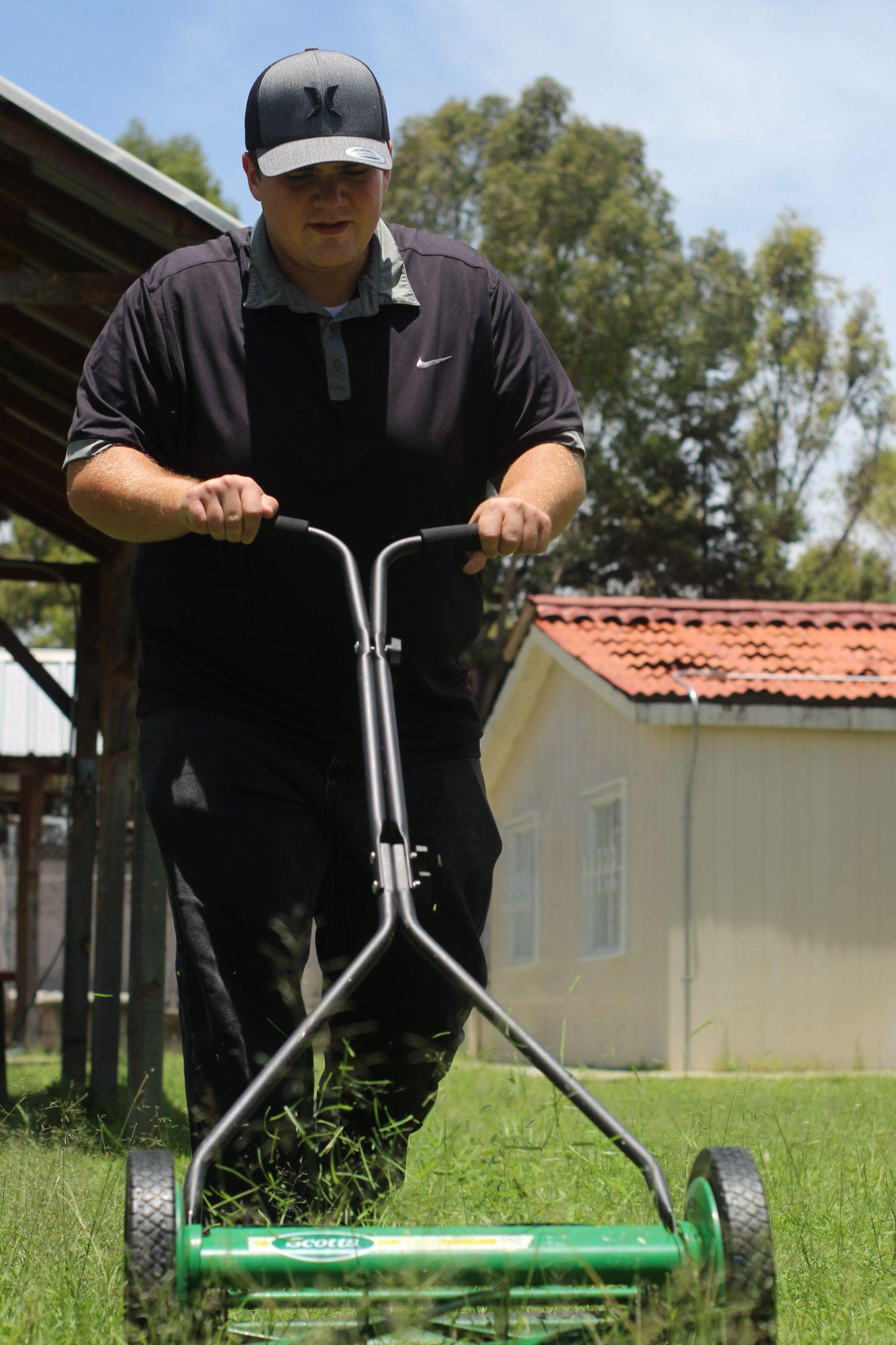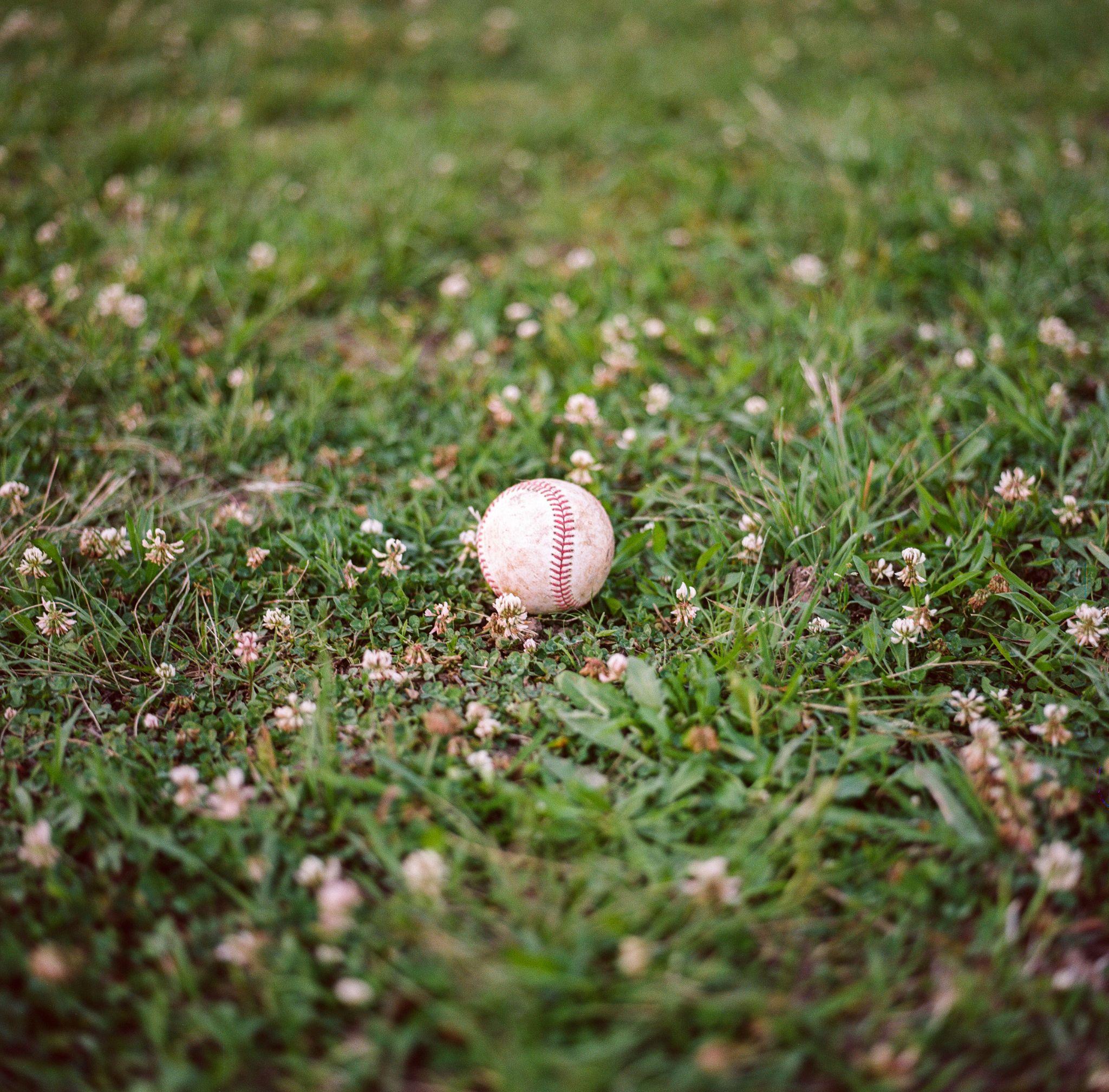There’s nothing worse than waking up and noticing that your beautiful Bermuda grass is taking a turn for the worst, right!?
What was once a beautiful lawn is turning brown and going dormant.
You’re probably asking yourself…
“What the he*k is going on?”
Don’t worry – we have all been there! Your Bermuda grass turning dormant is not necessarily a bad thing.
In this article, you will learn when Bermuda grass goes dormant and why it happens. We will also discuss how to bring your dormant Bermuda grass back to life.
When Does Bermuda Grass Go Dormant
Bermuda grass normally goes dormant in late Fall or early Winter. However, not all Bermuda grass goes dormant in these seasons.
The Reason Bermuda Grass Goes Dormant
The main reason Bermuda grass goes dormant is because of the weather. Moreover, when the weather is too cold (below 50 F) your Bermuda grass will turn brown. The same applies when temperatures reach above 95 F.
Because Bermuda grass thrives in hot conditions, it will come alive during the Summer months as long as the temperature stays below 95 F.
The problem is that most people think Bermuda grass is dead when it’s dormant, which causes them to use incorrect treatment.
Dead VS Dormant Bermuda Grass: What’s The Difference
Before you apply any treatment, make sure you determine if your Bermuda grass is dead or dormant.
So how can you tell the difference?
To the naked eye, it’s nearly impossible to tell the difference. The good news is that we are going to share some pro tips on how to identify both types of grass.
But before that….
You need to understand the difference between dormant and dead grass.
The roots of dormant grass are alive and well; however, they are not soaking up nutrients because of the temperature. When grass is dormant, it’s similar to when bears hibernate because of harsh climates.
On the flip side, the grass is dead when the roots are no longer functioning. There are certain steps you will need to take when reviving dead grass.
Here’s how to identify whether your grass is dormant….
2 Tricks To Identify Dormant Grass
The Tug Method
One of the most common ways to determine if your Bermuda grass is dormant is by using the tug method. Pull firmly on a small area of grass and take note of how easily it releases from the soil.
There should be some resistance. This shows that your roots are still alive and functioning correctly.
If it comes out of the ground effortlessly, it’s likely because your Bermuda grass is dead.
Look For Patches
When your Bermuda lawn is covered in brown patches of grass, it normally means that these areas are dead. It’s usually a better sign if your entire lawn is brown, as this normally means the grass has hibernated because of the cold (or hot) weather.
FAQ
Is it OK to mow dormant Bermuda grass?
We don’t recommend mowing your Bermuda grass when it’s dormant. Instead, it’s best to mow it in the early Winter just before it starts turning brown. This ensures it is healthy when it comes out of dormancy as the Summer months approach.
Mowing during dormancy would be pointless as the grass stops growing anyway.

When it begins turning green again, we recommend mowing your Bermuda grass every seven days.
How do you wake up dormant Bermuda grass?
Before we explain how to wake up dormant grass, it’s important to understand that it should be left alone in the Winter months. It’s gone into dormancy for a reason, so waking up your grass may do more harm than good.
The only time you should try to wake dormant grass is when the climate is right…
So wait until just before Summer!
And when the time comes, here’s how to wake up dormant Bermuda grass:
1.) Fire Up The Mower
When you see some growth just before Summer (in most cases), fire up your mower and get to work! Make sure you have sharp blades, as this will snip off any fungus that may have developed in the Winter months.
And don’t forget that mowers for Bermuda grass can be a little different!
In addition, mowing your Bermuda grass with dull blades can lead to other issues such as an increased chance of disease and a brown tint to your lawn.
Keep in mind that you shouldn’t mow your Bermuda grass until it comes out of dormancy. Doing so can cause problems when it comes back to fruition.
2.) Don’t Forget To Fertilize
Imagine you have been asleep for 6 months…
How would you feel? Pretty groggy, right?!
It’s the same for your lawn. After being dormant for 6 months or more, getting quality nutrition and water is essential for a speedy recovery.
After all, you want your Bermuda grass to look green and healthy again, right?

Here are some micronutrients to look out for in your fertilizer:
- Nitrogen: Nitrogen is the driving force behind the growth of your Bermuda grass. It helps grass produce amino acids, protein, and nucleic acids. It’s an excellent ingredient to get your grass growing fast after long periods of dormancy.
- Potassium: The last thing you need is a lawn full of diseases when the Summer begins. To prevent this, make sure to find a fertilizer with potassium. Potassium provides a protective barrier against diseases and fungi.
- Phosphorus: Phosphorus is excellent for balancing nutrients in your grass. It also aids in the growth of your bermuda grass by helping absorb nutrients from the sun.
So now you know how to pick the perfect fertilizer, you’re probably asking yourself…
“How often should I fertilize my Bermuda grass when it comes out of dormancy?”
The answer to this question is every 4 weeks. If you’re short on time, you can fertilize every 6 weeks without issues. However, we don’t recommend going any longer than this, otherwise, your grass will be lacking those all important nutrients!
3.) Water Your Bermuda Grass
As we all learned in elementary school, grass needs water to survive and thrive! That’s why it’s important to water your Bermuda grass as soon as it starts coming out of dormancy.
Bermuda grass requires between 1 to 1.25 inches of water every week. Some people prefer to stick with 1.5 inches per week, which can also work well in hotter climates.
We recommend watering your Bermuda grass two to three times per week. If you choose to water twice a week, 0.625 inches of water each time is sufficient.
The best time to water your lawn is at noon. This way, your Bermuda grass retains the water when it gets hot later in the day.
So those of you that travel frequently, your best option is to install sprinklers. There are two main types of sprinklers:
- Manual: Manual sprinklers can be controlled with a remote and will water your lawn when you push a button.
- Automatic (recommended): Automatic sprinklers function on a timer, activating automatically at certain times of the day.
4.) Watch Out For Weeds
Once your dormant grass starts coming back to life, watch out for weeds! The problem with weeds is that they steal nutrients, leaving your Bermuda grass with less. To prevent this from happening, you need to minimize weeds as much as possible.

A great way to do this is by using weed prevention (you can also use vinegar!). Most people wait until the weeds have germinated before applying weed prevention. However, this is a mistake.
It’s best to tackle the weeds early before they have time to germinate. That’s why we recommend getting started as early as February!
Should you water dormant Bermuda grass?
When bermuda grass goes dormant, we only recommend watering it a little. Lightly watering your lawn once every 2-3 weeks is more than enough. It won’t wake your dormant lawn up but will keep it from dying off if you live in a climate that doesn’t get any rain.
There’s also a counterargument to this theory.
Most lawn care experts don’t bother watering their lawns in the Winter. They argue that water doesn’t make a difference, as it’s already dormant.
Both of these strategies are fine, and won’t cause any harm to your Bermuda grass.
Is it OK to fertilize dormant grass?
Once again, there are mixed beliefs on fertilization during dormancy. Some people argue that fertilizing a dormant lawn can cause damage, as you’re forcing grass to grow when it’s in ‘hibernation’.
Others say that fertilizing dormant grass is important for optimal health.
Both these theories are true to a certain extent.
However, should you choose to fertilize your Bermuda grass when it’s dormant, it’s important to not overdo it.
Final Say
You can expect your bermuda grass to start going dormant in late fall. You will start to notice your lawn turning brown. When this happens, there’s no need to panic – it’s completely normal!
If you’re getting some rain in the Winter, you can leave your bermuda grass alone. However, during long periods of drought, it’s best to water your lawn. However, make sure you don’t overdo it! Your bermuda grass has gone dormant for a reason.














Comments